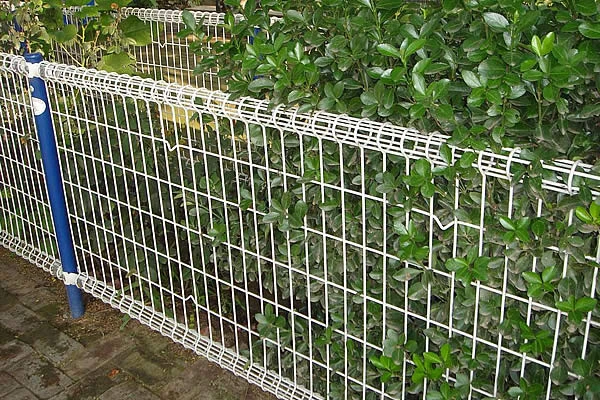 TEL:
+86-13102802206
TEL:
+86-13102802206
 Email:
fencenetting@china.com
Email:
fencenetting@china.com
 Language
Language
 TEL:
+86-13102802206
TEL:
+86-13102802206
 Email:
fencenetting@china.com
Email:
fencenetting@china.com
 Language
Language


Understanding Gabion Wire Gauge A Key to Effective Retaining Structures
Gabion structures have become a popular choice in modern landscaping and civil engineering due to their versatility, durability, and aesthetic appeal. One vital element of these structures is the gauge of the wire used to form the cages that hold the stones. This article will explore the significance of gabion wire gauge, its variations, and how it impacts the performance and longevity of gabion walls and other installations.
What Are Gabions?
Gabions are wire mesh containers filled with rock or other permeable materials. They are often used for erosion control, slope stabilization, retaining walls, riverbank protection, and even decorative landscaping elements. The use of gabions can provide a natural look while allowing for effective drainage and flexibility in design. However, the performance of these structures heavily relies on the quality and gauge of the wire used in their construction.
Importance of Wire Gauge
Wire gauge refers to the wire's thickness, which significantly affects the strength and durability of gabion cages. The gauge of wire is measured using various systems, including the American Wire Gauge (AWG) and the standard millimeter (mm) specifications. In general, a lower gauge number signifies a thicker wire. For instance, a 2.7 mm (approximately 12 AWG) wire is much thicker than a 4.0 mm (approximately 8 AWG) wire.
1. Strength and Durability Thicker wires (lower gauge) can withstand greater tensile forces and are less likely to bend or break under pressure. This is particularly important in applications where gabions are subjected to heavy loads, such as in retaining walls that support soil and other materials.
2. Corrosion Resistance The gauge also affects the durability of the wire in various environmental conditions. Thicker wires that are coated with materials such as PVC or galvanized to resist corrosion can significantly extend the lifespan of gabions, especially in moist or saline environments.

3. Cost-Effectiveness While thicker wire may have a higher upfront cost, it can lead to greater long-term savings due to increased durability and reduced maintenance. Engineers and contractors must balance initial investment with lifespan and performance to find the most cost-effective solution.
Common Wire Gauges for Gabions
Typically, gabion wire is available in various gauges, with common options ranging from 2.0 mm to 4.0 mm. The selection of wire gauge often depends on the specific application and environmental conditions. Here are some typical uses for different wire gauges
- 2.0 mm to 2.7 mm Suitable for smaller, decorative gabion structures or less weight-bearing applications. Ideal for landscaping, garden features, and light erosion control.
- 2.7 mm to 3.4 mm This range is commonly used for standard retaining walls and larger gabion applications. It balances strength, flexibility, and cost.
- Over 3.4 mm Thicker wires are typically used in heavy-duty applications, such as riverbank stabilization and large civil engineering projects where significant load-bearing capacity is essential.
Conclusion
The wire gauge is a crucial consideration in the design and implementation of gabion structures. Choosing the appropriate thickness ensures that the gabion will perform effectively under various conditions over time. Whether for decorative purposes or significant engineering projects, understanding gabion wire gauge can lead to more resilient and sustainable structures, providing both functionality and aesthetic benefits. When planning a gabion installation, always consult with experienced professionals to ensure that every aspect, including wire gauge, is optimized for durability and performance.